Podcast: Play in new window | Download
Subscribe: RSS
We all know the story of Linda Lovelace and Chuck Traynor, right?
Linda was the star of the groundbreaking adult film Deep Throat, and Chuck was Linda’s husband and manager. When the movie was released, Linda did tons of television and newspaper interviews sharing how happy she was to showcase sexual liberation and personal freedom. She capped the publicity rounds with a book, ‘The Intimate Diary of Linda Lovelace’, in which she shared her sexual fantasies and experiences. A real poster child for women’s liberation, then, right?
Not so fast.
On the heels of the book’s publication, and little more than a year after the film was released, Linda’s story began to change. She divorced Chuck and began sharing extremely troubling details about their former relationship. Now she said Chuck was her pimp. He was her abuser. He was her tormentor. Linda published full details of these allegations in two additional books: ‘Ordeal’ and ‘Out of Bondage’. The stories involved beatings, guns, and imprisonment.
And then Chuck married Marilyn Chambers – the other most famous porn star of the decade. Her experience of Chuck differed greatly from Linda’s. She spoke well of him and stayed married to him for years.
Nevertheless, Linda’s description of Chuck is how we understand him today. In the 2005 documentary Inside Deep Throat, Linda’s sister Barbara Boreman curses the day Linda ever met Chuck . Peter Sarsgaard’s portrayal of Chuck in the 2013 film Lovelace is infused with cruelty. And there are countless TV interviews, magazine articles, books, and even a PhD thesis recounting the same story of Chuck’s manipulation of Linda and his brutality.
History is written by winners and in this era of Me Too, Chuck has ended up as the quintessential loser in this story.
And maybe that’s correct. But who was Chuck Traynor really? And what happens when we try to understand him, and how this self-described small-time hick played such an outsized role in the adult industry – and by extension, in pop culture at large?
What’s surprising is that, despite his pivotal role in the early porn business, there’s never been a detailed investigation into Chuck’s life. He never told his own story before he died 20 years ago, and no one has ever tried to track down his numerous ex-wives, friends, or family members.
Over the past years, The Rialto Report contacted just about everyone who knew Chuck. What emerges is a story more far complex and interesting than anything imagined – it’s a tale of family intrigue, drug smuggling, nudist films, biker bars, tax fraud, political insurgency, illegal porn loops, and, of course, Deep Throat.
So is Chuck a misunderstood hustler?
An opportunistic conman?
Or a devious Svengali exercising a controlling influence over people in his orbit for his sinister purposes?
This is Part One of the untold story of Chuck Traynor.
This podcast is 35 minutes long.
——————————————————————————————
1. Chuck Traynor: In The Beginning
Let’s start at the very beginning. Research Chuck’s history and straight away, you’ll find records listing Angelo and Theresa Traynor as his parents.
Angelo Traynor was born in Italy in 1885. A good guess is that his family name was anglicized from the common Sicilian surname ‘Traina’, when he arrived in the U.S. at the age of 9 and settled with his family in Westchester, New York.
When Angelo was 26 in 1911, he met and married Theresa Margaret George, a native New Yorker. The couple had three children in relatively quick succession: daughter Violet, born in 1914, a son John born in 1918, and a second daughter, Elaine, born in 1919.
By 1925, Angelo was 40 and had saved up enough to start his own business, the Mount Vernon Wholesale Produce Company, selling fruit and vegetables to local shops and restaurants. He named Theresa as a fellow director, though in truth, she mostly stayed home raising their three kids.
By all accounts, the Traynor family was happy and stable. Eldest daughter Violet got married and moved out of the home. Son John was hard working in his first full-time job.
And Elaine – well, she liked to party and have fun, but her parents were confident she’d find her way eventually.
Then, at the end of 1936, Angelo and Theresa were faced with an unwelcome surprise: Elaine, just 17 and unwed, was pregnant. The father was a local boy named Everett. Elaine hadn’t known him long but claimed it was love. Well, maybe. At least she knew she liked him and she thought he liked her.
Angelo and Theresa talked through the family’s options. They could push for a shotgun wedding, but what little they knew about Everett wasn’t encouraging. He was just a kid like Elaine. Or they could put the baby up for adoption, but turning family away wasn’t something this Catholic couple wanted to do. So finally they decided that when the baby was born, Angelo and Theresa would raise it as their own, and Elaine, the baby’s birth mother, wouldn’t play a role in his upbringing. They didn’t give Elaine much choice in the matter – case closed.
To protect the family’s reputation, while Elaine was pregnant she was sent to live with relatives in Connecticut where a growing bump on an anonymous young woman wouldn’t raise as many eyebrows.
Elaine gave birth to a baby boy on August 21st, 1937. She named the child Charles and gave him the middle name Everett in honor of the boy’s father. Elaine’s mother Theresa didn’t much like that, but this was one last decision she was willing to let Elaine make.
Two months after the birth of Charles, or Chuck as they now called him, the baby’s grandmother, Theresa, took him back to New York, leaving Elaine in Connecticut. Elaine cried and cried, but was resigned to moving forward without her newborn. Besides, she’d recently decided to become a nurse. She knew that would be impossible as a mother of a young baby so she accepted the decision reluctantly. And so, Chuck spent the first years of his life being raised by his grandparents in Westchester New York.
As for Elaine, here family stories diverge. Some sources say she did in fact start nursing school and focused on her studies. Others say Elaine doubled down on her partying ways. And what’s more, that she became friends with some local mobsters who set her up with a flower shop used as a front for criminal activity. Gangsters like Midge “Annunziato” Renault and Ralph Mele were well established in southern Connecticut in the 1940s and 50s and happy to exploit the community for their ends. In this version of events, Elaine became girlfriend to one of these mobsters, and did some escorting on the side.
In 1944, Elaine found herself pregnant and unmarried yet again. Once more, Elaine called her parents Angelo and Teresa with the news. They’d heard rumors of their daughter’s rough and rowdy ways, and decided a more significant intervention was needed. Angelo and Theresa came up with a plan. Elaine would once again give birth in Connecticut, and then the entire Traynor clan would pack up and permanently move south to Florida. They needed a fresh start and a tighter rein over Elaine. Staying in the northeast was nothing but a recipe for more trouble.
In November 1944, Elaine gave birth to another son and named him Bernard. Three months later, the extended Traynor family moved down to Homestead – just south of Miami. Angelo and Teresa installed Elaine and her new son Bernard in one house; and settled with Chuck in another just around the corner. This time they’d give Elaine the opportunity to raise Bernard herself.
Today, all of the Traynor family is dead except for Bernard. In fact he’s still living in the same Homestead neighborhood where the family moved to all those years ago. Today Bernard says even though his step brother Chuck lived around the corner, they were expressly kept apart as kids. Angelo and Theresa apparently didn’t want to confuse a young Chuck about who his parents really were.
So Chuck was thrown into an unconventional upbringing in Florida. This situation had a profound effect on him. He was told Elaine was his birth mother, but didn’t understand why he was kept apart from her. None of the family would give him a good explanation. He loved his grandparents, but he felt rejected and sometimes angry. How could he not develop a chip on his shoulder?
When I imagined what effect this might have on his young character, I thought of a shy, taciturn boy, or alternatively a resentful bully. But when I spoke with Chuck’s schoolmates, the picture that emerged was of a friendly, outgoing kid who everyone liked.
One of the friends I spoke with was Floyd Harden. I started by asking Floyd when he and Chuck first met: “We met in junior high school. Eighth or ninth grade. His grandparents raised him. There were really a nice family. He was really close to his grandparents and they treated him like a little prince. He was a really amenable person. He got along with all classes, really. You’d get to know him real quickly.”
I spoke with several other of Chuck’s former South Dade high school classmates and all of them painted a similar picture. Chuck was popular and sporty, and engaged in lots of group activities. He’d get in trouble once in a while but no more than any other kid his age. And he liked the girls and they liked him back, but it was nothing crazy.
*
2. In the Marines
When Chuck graduated high school in the spring of 1955, there was only one thing he wanted to do. Since he’d been a kid, he’d always wanted to be a soldier, so he immediately enlisted in the Marines.
He joined the 2nd 155mm gun battalion and went for combat training at Camp Lejeune in Jacksonville, North Carolina.
There aren’t detailed records of Chuck’s time in the military, but a few things are known: for one, it’s the first time we have evidence of Chuck’s more sexual side emerging. This is what Chuck said in a 1987 interview with GQ magazine:
“I joined the Marines at 18, and the first time I went into a city this black pimp told me he had thirty girls dying to meet me. I gave him all my money, just to hold for me, and he took me to an empty room. He told me to wait for a few minutes and those thirty girls would be right out, and then he split. I waited an hour, and for the rest of the week I ate peanut-butter sandwiches. I was a hick.”
He had better luck with his military unit. In October 1955 he won an award for rifle marksmanship. At a ceremony held in Miami, Chuck had a medal pinned on him by the actress Debbie Reynolds, who had just starred in ‘Singin in the Rain.’
And smack in the middle of his service period, Chuck got married – to a woman named Eula Joiner. They were wed in Naples, Florida in April 1956. Eula is a mystery in Chuck’s story. Nobody I spoke with remembered her except for Chuck’s brother Bernard – and all Bernard remembers is that Eula was very attractive but that their marriage didn’t last long.
When Chuck got out of the Marines in February 1959, he landed a job driving a dump truck for the Three Bays Improvement Company near Miami. He was recently divorced, and met a young woman named Mary Fowler. He wound up making Mary his second wife in June 1959.
*
3. Chuck in the 1960s
As the 1950s gave way to the 60s, Chuck came into contact with the sexploitation film industry for the first time.
When it comes to film production in the United States, you think of places like California and New York. But from the late 1950s to the mid 1970s, Florida could stake a claim to being the B movie capital of the world. Filmmakers like Herschell Gordon Lewis, William Grefe, and Dave Friedman all flocked south to pursue their celluloid aspirations.
So how does a married ex-Marine working in construction stumble into the movie business? In Chuck’s case it was through his lust for the ‘Miami Marilyn Monroe.’ This is how Chuck explained it in a later interview…
“I found out that along the Kendall Canal in Miami lived Maria Stinger, one of the early pinup girls. Well, for some reason I thought – like most guys – that if a chick posed for a pinup magazine, she must run around her yard nude, too. So I used to climb this fucking crane to look over the top of the trees to see into Maria’s yard. I did that every chance I got – but I never saw her.
“But lo and behold, one day I stopped in front of Maria Stinger’s house, and there was this woman outside unpacking some stuff, and I said, ‘I always wanted to meet…uh…Maria…’ And the lady looks at me and asks, ‘Why?’ I said, ‘Well, because… I … you know, I’m a fan.’ She said, ‘You ever wanna be in a movie with her?’ I said, ‘Sure.’ She said, ‘My name’s Bunny Yeager, and we’re gonna be doing a movie here. If you wanna be in it, I sure could use you.'”
Chuck didn’t wind up appearing in that movie, but if he was interested in meeting the pinup girls he jonesed for, he couldn’t have met anyone better than Bunny Yeager.
Bunny was one of the most famous and accomplished of all the pin-up photographers. Her family had moved to Florida when she was 17. Longing to become a fashion model, Bunny went to modeling school right after high school – but also studied photography so she could cheaply print shots of herself. She was first recognized for her photography when Eye magazine bought a portrait she took of Maria Stinger – the same pinup model Chuck tried to spy in her backyard.
In the mid 1950s, Bunny had photographed the infamous Bettie Page. By then Bunny’s focus had shifted from fashion to flesh – and it wasn’t long before she connected with the sexploitation film directors flocking around Miami. These directors often came to Bunny to find girls to be in their movies, as well as for on-set photography, and to get general production help.
Bunny and Chuck became friends. Years later, Bunny remembered Chuck in the following way: “I always liked Chuck. He was a good country boy from Homestead, Florida – very likable, very charismatic, very laid-back, easy to get along with, and quick to laugh.”
Those who spent any time around Bunny and Chuck during the 1960s remember things being a bit more intimate between the two. This is Chuck’s brother Bernard: “I thought they were going out, myself. They were more than just friends. But (Chuck) was kind of a scammer. He was always into something. I don’t think he worked an honest day in his life.”
Whether or not it had anything to do with Bunny, Chuck’s marriage to Mary Fowler came to an end in July 1960. Marriage #2 done and dusted, just a little over a year after tying the knot.
But no need to shed a tear for Chuck. In March 1961, age 24, he married his third wife, Eileen Bourne. Eileen was a pinup model whom Bunny frequently shot. For a guy whose first sexual experience was thwarted when he was mugged by a pimp and who got his thrills peeping over fences, Chuck was now like a pig in shit. He was marrying one of the top models from one of the top pinup photographers in the country. Sure, he’d married beautiful women before, but this time he hit the jackpot – he was the cat that got the cream.
Eileen was an in-demand model. Her images were picked up by a number of popular men’s magazines. She frequently used the name Cindy Lee when doing pinup work. In Modern Man magazine, she was described as “a part-time photographer’s model, originally from Wichita, Kansas, now living in Fort Lauderdale. She likes to swim, dance, water ski, and walk down the beach early in the morning looking for shells and old bottles. On a date she likes to go to places where she and her fella can dance. Doesn’t go steady right now, but would like to.”
She did more than go steady with Chuck, staying married to him for a full three and a half years up through October 1964 – a record for Chuck up till that point.
This time, Chuck consoled himself with flying. He’d already gotten his pilot’s license – which was a big deal to him. He’d been fascinated with flying since he was a boy so getting his license was the fulfillment of a childhood dream.
When Chuck and Eileen divorced, he used his pilot’s license to get a job working for Holly’s Dusting Service. Farmers would hire pilots from Holly’s to drop pesticides over their fields. Popular Florida crops at the time included cabbage, carrots and celery – all of which were prone to insect infestation. Chuck became a crop duster flying over the fields of South Florida each day.
He was contracted out to companies like Minute Maid Orange Juice and the Ocean Reef Club. He loved flying and the money was decent but inhaling the toxic chemicals was brutal. Chuck started to have trouble breathing and developed a persistent cough, so he was forced to leave his dusting days behind.
*
4. Drifting
From the mid to late 1960s, Chuck drifted, picking up a number of odd jobs. Through his relationship with Bunny Yeager, he learned how to use a still camera, and took on some freelance photo work for local newspapers. Bunny also found him grunt work on exploitation film sets where he ingratiated himself with the camera men and learned how to use a movie camera. His newfound skills brought him to the attention of Ivan Tors, the creator of family-friendly shows like ‘Flipper’ which shot near Miami. Ivan gave Chuck occasional day work on the show. It’s striking to imagine Chuck Traynor, the future pornographer, working on the set of a hit children’s TV program.
Chuck was the eternal hustler, and was always looking for ways to make money. After working behind the camera for photographers and directors, Bunny finally offered him the chance to perform in front of the camera in a sexploitation film. It was 1967, and the movie was How I Became a Nudist – and it starred his original fantasy girl, Maria Stinger. The same one he’d tried to peer over the wall to see.
When asked about it years later, this is how Chuck remembered it: “I was supposed to screw Maria Stinger in the movie, but at that time they only did simulated sex. So I played with her tits – that’s when they used those real hard implants in girls’ tits, and I wanted to see if they felt like plastic. But they were real. It was a nudist camp movie. On my first shoot they wasted a whole roll of film because when I squatted down with my back to the camera, my balls were showing.”
It was a relatively brief scene but Chuck’s appetite for adult films was aroused.
In addition to fulfilling a longtime ambition of getting his hands on Maria Stinger, Chuck was busy on other fronts. In 1968, he bought an old biker bar on North Miami Beach for $2,000. It was a big opportunity for him, even though, in truth, the bar was a wreck.
Chuck described the scene years later: “We painted up the place, put in colored lights, I hired some girls, and called it the Las Vegas Inn. It was a topless beer bar. But because I was catering mostly to bikers and construction workers, it soon became a nude beer bar. I mean, my girls would be totally nude when they weren’t supposed to be, but they’d do it with the door locked, and luckily they never did it with any cops in the place.”
The bar not only brought in good money, but also gave him access to a steady stream of young women who worked for him. Chuck bought a house nearby where some of the girls stayed – and where he often had sex with them too.
Being surrounded by young women also gave him a new business opportunity – getting the girls who worked for him parts in sex films.
Joe Sarno, the prolific New York filmmaker who already had over 30 sexploitation movies under his belt, came down to Florida in the late 1960s to work. The Florida-based producers wanted Joe to direct four movies for them and make them locally so they could better control production costs. The producers put Joe in touch with Bunny for girls, and Bunny referred the filmmakers to Chuck. Chuck requested performing roles for himself, and lined up a group of girls for a fee. It wasn’t an ideal solution for the filmmakers as the girls weren’t actresses but topless barmaids, happy to make an extra buck and severely limited in experience and appearance.
As Joe Sarno biographer Tim Lucas explains: “The mind boggles at Chuck’s skills as a lady wrangler. I don’t mean to be unkind, but the women Joe had to use on these pictures – for the most part – were far below those he had been finding through NY channels. They were simply not attractive. Their hair was bleached and stiff with hairspray, and naturally they couldn’t act. One plump, dark-skinned actress could not even speak passable English. But Joe was in a jam and he had to deliver. His Florida films are unquestionably the nadir of his career up to that point.”
Chuck wasn’t an experienced actor either, but as promised, he got his parts in several of Joe’s films: Odd Triangle (1968), The Layout (1968), and Karla (1969).
Chuck’s role in the adult film industry had officially expanded.
*
5. The Drug Bust
It’s 1970. And it’s hard to remember it’s winter in South Florida when the sun is searing your skin and humidity weighs you down like a lead blanket. Even though it’s creeping towards dusk, Chuck still burns from the daylight hours he’s spent on the tarmac of a small airfield southwest of Miami. If heat had a smell, it’d be the odor asphalt secretes as the sun beats down on it.
Chuck should be used to the climate by now. He’s lived in South Florida since he was a child. But somehow his body can’t seem to forget he was born up north in Mount Vernon, New York.
As the day draws to a close, Chuck stands next to Bob Ingalsbe. Bob’s a guy Chuck met at the Las Vegas Inn a couple of years back. Bob’s a good ten years younger than Chuck, just a kid of 22, but the two bonded over their time in the military – Chuck in the Marines; Bob in the Army. They also bonded over their love of getting high – Chuck partial to grass while Bob had taken a shine to heroin during his time in Vietnam.
They’re at the airfield with a third acquaintance – but he’ll remain unnamed.
It’s pretty desolate as they expected, but if anyone comes up to them, they’ll say they’re scouting locations for a parachute jump club. It’s almost believable as Chuck still has his commercial pilots license and Bob was in the airborne division of the Army.
In reality, the three men are there to receive delivery of some special cargo from down south. 234 pounds of marijuana flown up from the Bahamas, with a street value of $80,000 – over half a million in today’s money.
Smugglers had been transporting illegal goods from the Caribbean into Florida since the days of Lincoln – and recently, a new class of contraband had emerged. Burlap sacks of marijuana dropped from small airplanes or boats.
Chuck, Bob and their friend are here to retrieve a haul dropped for them by smugglers earlier that day. As they walk the airfield looking for the drop, Chuck notices a young guy with a rifle on the roof of a low storage building. Chuck is freaked out – he’s about to commit a federal crime and isn’t prepared to deal with any unexpected outsiders, especially one carrying a gun.
Attempting to play it cool, Chuck casually walks towards the building and shouts up to the interloper, asking what he’s doing there. The man answers that he’s a game conservation warden on the lookout for deer poachers. He explains that deer love to make their way out at dusk and, when they appear, poachers are quick to follow. Chuck doesn’t buy it, but it’s too late to do anything about it now. He grunts, nods, and resumes his search, leaving the game warden behind.
Finally, they find their sought-after goods: four burlap sacks of well packaged weed. With each bag weighing in around sixty pounds, hauling them back to the cars is a tiring exercise at the end of a long, hot day – but the three of them are motivated by profit.
When they finally reach the vehicles, dripping with sweat, Bob fumbles in his pocket for car keys. Just as they open the trunks to start loading the sacks, they hear footsteps in the darkness behind them. It’s that goddamn game officer along with three other guys donning matching taupe uniforms and rifles.
Chuck and Bob exchange nervous glances. These guys may just be game officers, but they’re still feds. With guns. And able to make arrests.
Chuck and Bob stay calm and stick to their rehearsed story. But their accomplice panics and takes off running into the night, leaving them holding the bag.
Chuck thinks fast. He starts with his prepared speech, saying they’re at the airfield scouting a parachute club location. Then he ad libs. They’d only just met the guy who ran off. Chuck explains that the man had shown up and identified himself as a narcotics officer. He said the guy needed help carrying a haul of drugs he’d uncovered in the tall grass. Doing their duty as good citizens, Chuck and Bob complied.
Now it was the chief game warden’s turn not to buy it. He presses Chuck and Bob for more details. Chuck’s flimsy explanations are convincing nobody. The warden slowly raises his rifle and points it at Chuck, then asks one of his fellow officers to radio for backup.
The sun has settled below the horizon, but Chuck still feels the heat…
*
Chuck and his accomplice Bob were arrested that evening and charged with drug running. It was Chuck’s first arrest, so the bail amount was modest. Chuck’s stepbrother Bernard turned up at the police station with the bond required to spring Chuck while he awaited trial.
A court date was eventually set for July 1971, giving Chuck several months to prepare. First stop, he needed a lawyer. He hired Phil Mandina, a local attorney he knew who advised him to keep his nose clean until trial. So Chuck put his drug smuggling on ice and turned his attention back to running the Las Vegas Inn.
*
6. Epilogue
One night at the bar, Chuck met a woman named Patsy Carroll. Patsy was attractive, so Chuck began regaling her with stories featuring his skills as an expert marksman, an experienced pilot, and a semi-professional photographer. Chuck told Patsy that with her looks, she’d make a great model. He also made sure she saw the Jaguar he kept parked outside.
Patsy liked Chuck, but she told him she was dating someone. Chuck was disappointed, but he liked Patsy too, so the two became friends. They started hanging out during the day before the bar’s opening hours.
One afternoon in late November 1970, Patsy asked Chuck if he’d drive her over to visit someone in Davie, Florida, about half an hour north. It was an old high school friend who’d recently been in a major car accident. The friend was recuperating at her parents’ house and her folks were driving her crazy, so she’d welcome the distraction of a visit.
Patsy’s friend was Linda Boreman.
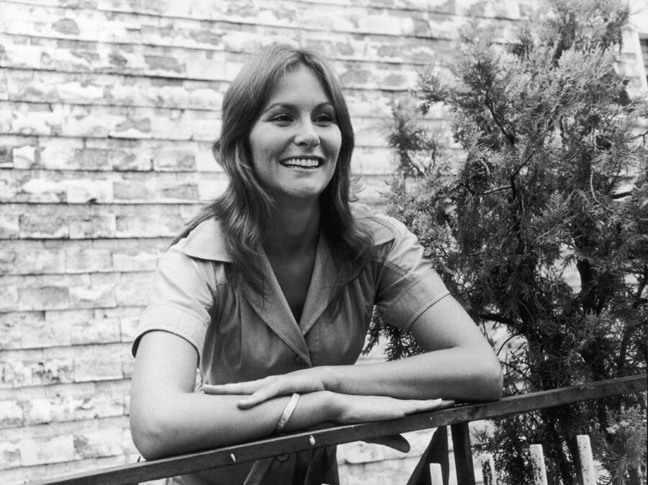 Linda Boreman, aka Linda Lovelace
Linda Boreman, aka Linda Lovelace
*
Coming soon: Part 2 of the Chuck Traynor story.
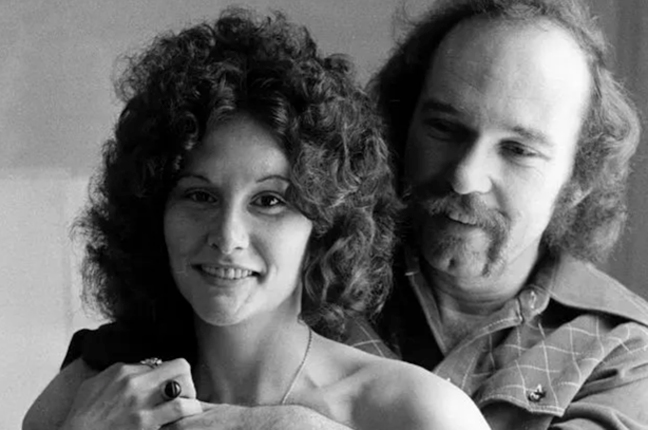


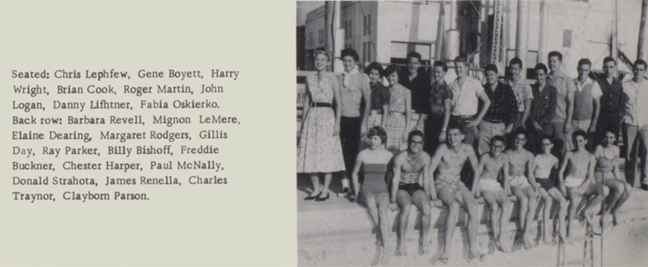
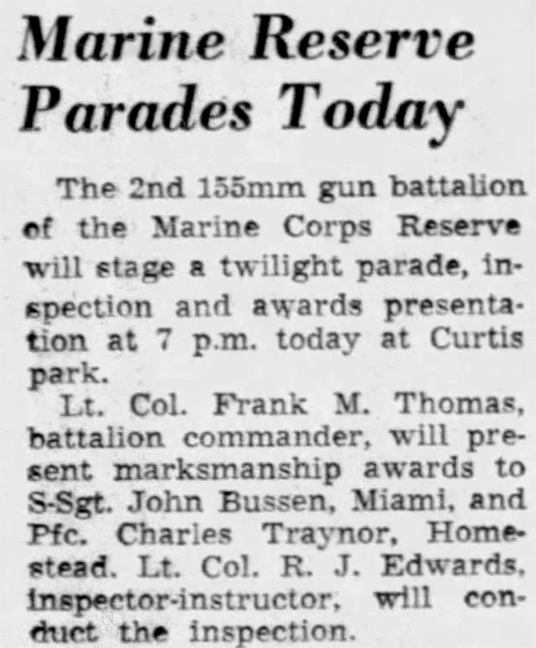
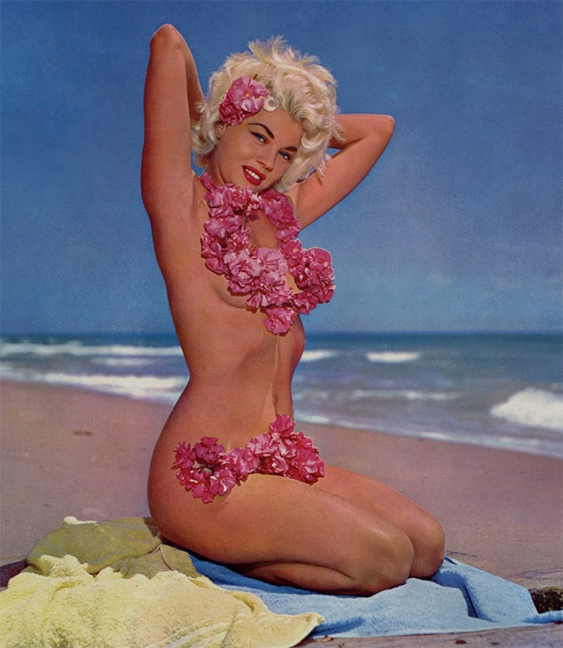
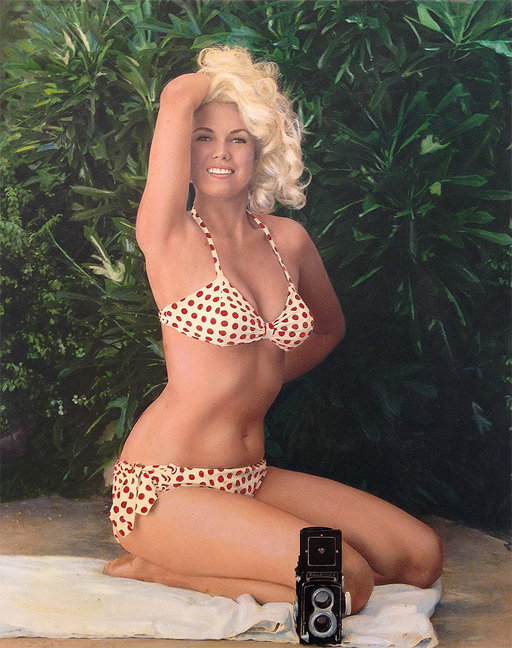
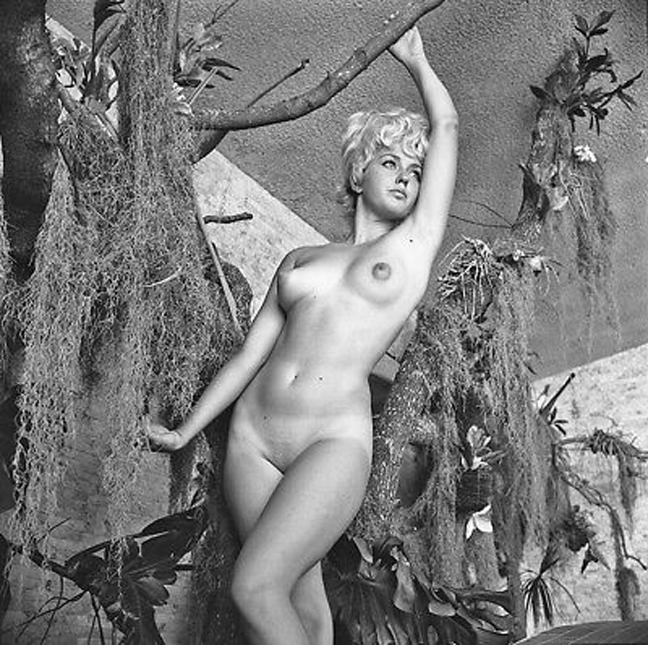
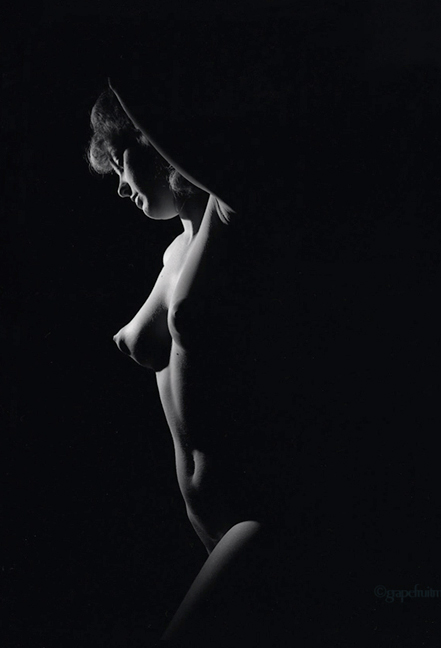
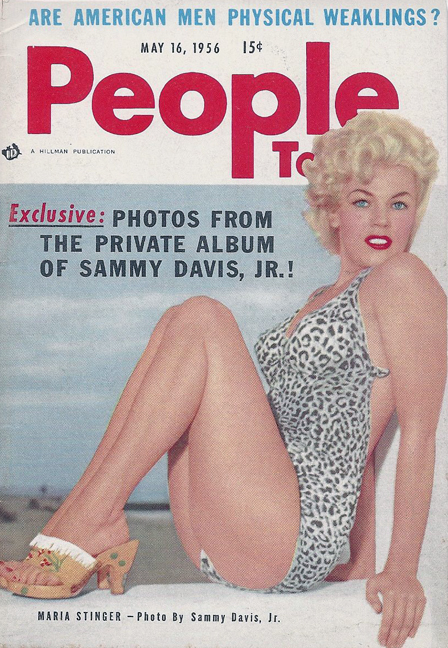
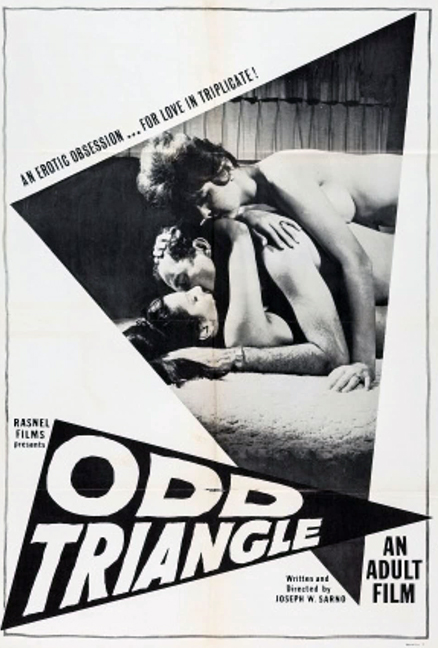
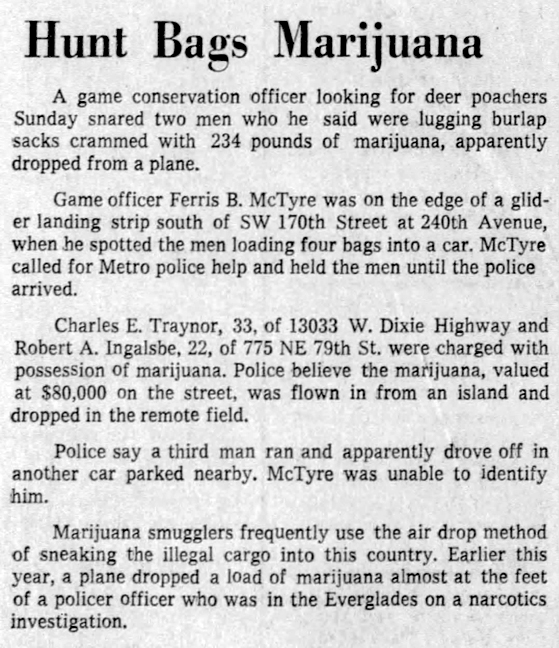

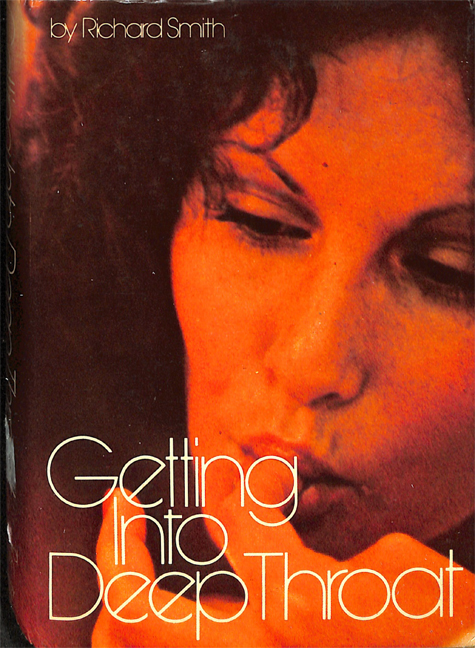
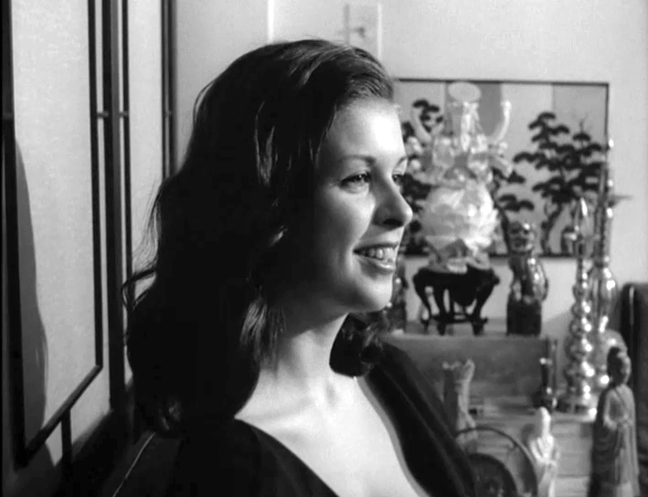


I am sure that there will be the usual comments from the moronic fringes about how Chuck does not deserve a profile…. presumably ignoring the fact that thousands of history books have been written on various evil historical figures.
Chuck married Linda Lovelace and Marilyn Chambers, and therefore is most certainly worthy of attention and analysis. What did he do, why did he do it; and what can we learn from it.
And this is classic Rialto Report: an intelligent and informative account of Chuck’s life…. with so much new information.
I love that the Rialto Report doesn’t pander to sleaze-hungry porn fans but instead offers a whip smart assessment of all aspects of the early industry.
Thank you for everything that you do.
We so appreciate your thoughtful comments Bob – thank you!
Awesome Article And Podcast Keep Up Good Work
Thanks Jeff!
Insightful and illuminating. Chuck may emerge from this as a bigger crook and abuser than we thought before, but finally we’re getting the facts……. instead of the last 50 years of he said/she said nonsense.
Thank you Alf!
Great work love reading the back stories on what was a unquestionable era of great change and the people who made it happen.
I had no idea of the drugs bust or of Chuck’s relationship with Bunny Yeager…. Yet another revelation that is typical of your high class journalism.
Appreciate all your amazing work. Please don’t stop!
Rumor has it their love child was Maverick pilot Chuck Yeager.
Thanks so much John!
Wow can’t wait for part 2. April, again Excellent Journalism. NFL Films of the Adult Industry!
Thank you Mort!
Great episode. I have read the book Ordeal. I believe about half of her story. I am looking forward to the next episode.
Thanks for listening In Sin!
Ive often wondered what the true story regarding Chuck really was. Cant wait for part 2. Excellent job as usual.
Thanks so much Michael!
April could read the phone book and it would be entertaining. Her voice just soothes the soul.
Absolutely superb work as always, I was hooked from the opening line. The level of detail and research is breathtaking.
Everyone has a story behind them, more often than not the truth is different to what popular beliefs are. The Rialto Report brings a level of quality that is beyond rare these days. Can’t wait for part II!
Thank you so much Don!
Unlike a lot of people here, I met Chuck before the stories about him began from her. There are quite a few people here who would benefit themselves by not necessarily believing all the she-said about him. That, and those who weren’t there might not know that Andrea Dworkin had a bit to do with the now-known “Linda Lovelace”.
By the way, Chuck and Marilyn were a nice couple.
Since there really has never been a forensic accounting of what Chuck’s real life was like, I can assume that all the bad about him as shown in semi-fictional film scripts will become “reality,, like Malcolm X being a “civil rights” leader.
I have long believed that Chuck Traynor secretly wanted to be able to deep throat those dicks himself and that was the source of his fascination with training Linda and Marilyn to do it. His rabid homophobia is another big clue.